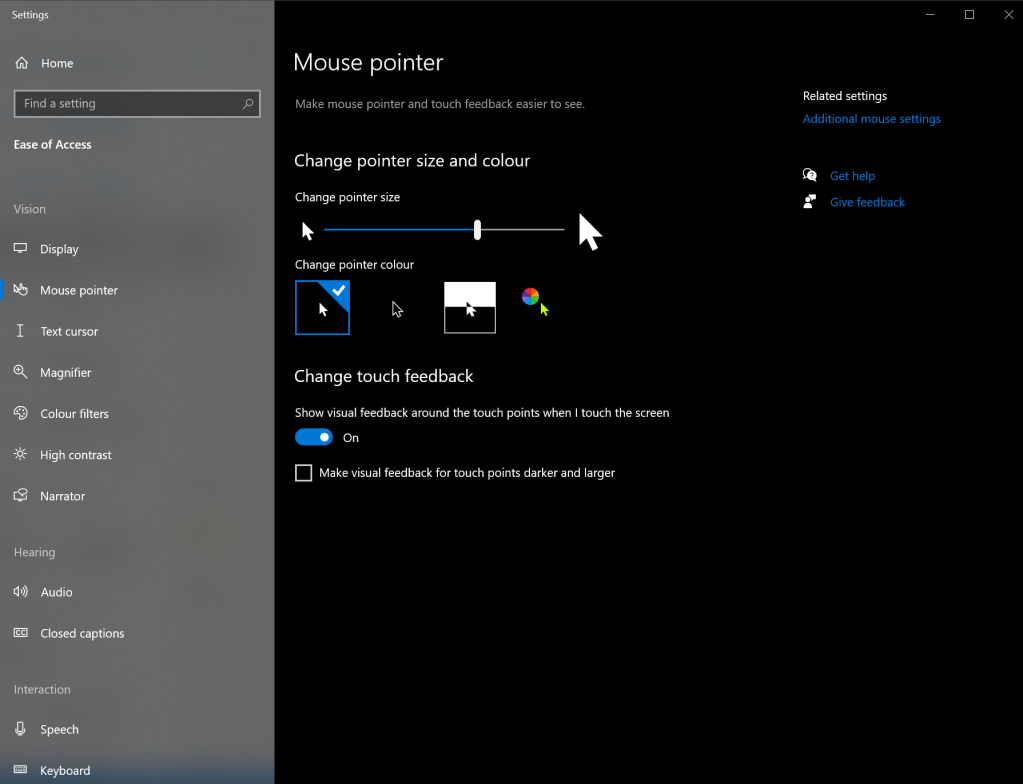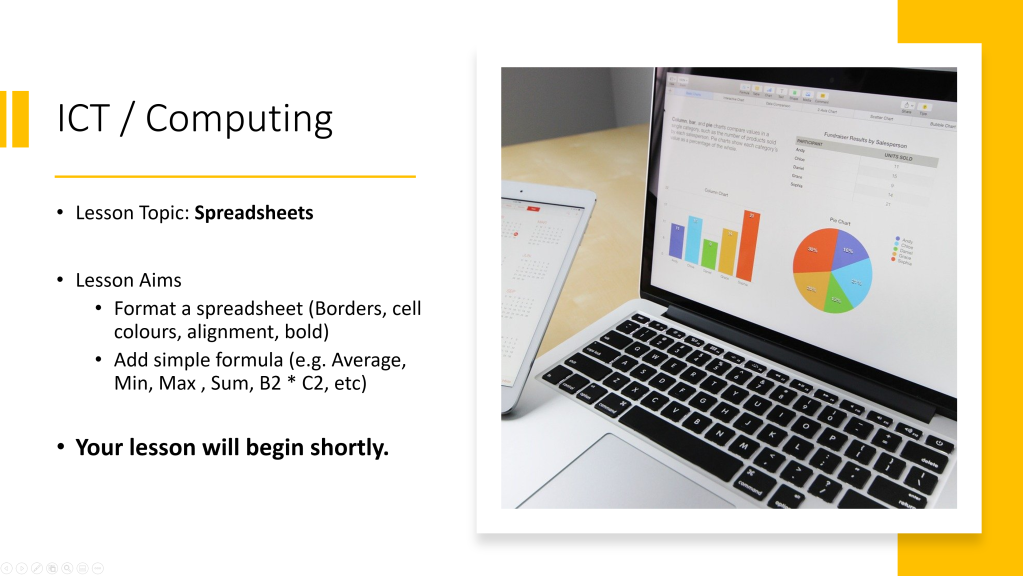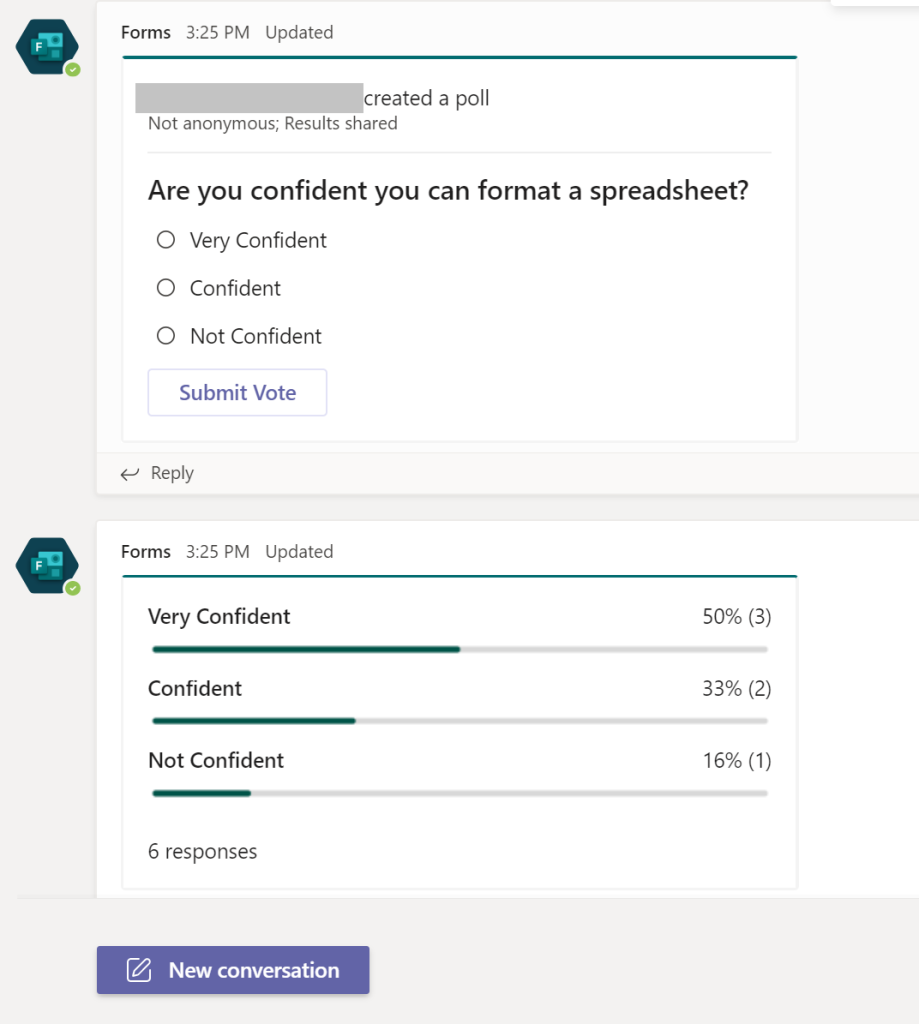Back in April @teachertoolkit posted with regards teacher stress levels in the UK making mention of the number of staff in the UK who are now considering teaching internationally rather than remaining in the UK. He also made reference to the fact that teaching internationally is not stress free however the demands and therefore causes of stress may be different. You can read his full post here.
Having been involved in education within the UK and then within the middle east for the past seven years I thought I might share my viewpoint with regards this.
Firstly let me outline some of the causes of stress which I have experienced which differ from my experiences teaching with the UK. Firstly language can be a difficulty in that both students and parents of some students may have limited abilities in English and I am afraid that even after my seven years year my understanding of Arabic is still at a basic level at best. My inability to pick up more than basic Arabic is one regret I have from my experience here in the UAE. Now I know that there are schools in the UK where significant numbers of students are second language learners of English however I have had limited exposure to such schools.
A second issue can be expectations of parents. Within the UAE the expectations are that students should achieve very high grades, with 90% to 100% scores being common in some schools. This has been the way that the education system has worked in the past with students getting marks just for attending, homework, etc leading to overall high grades. As such teachers assessing students as not reaching these standards and therefore providing them lower grades may come in for unhappy feedback from parents and also from school leaders eager to please parents.
Within the UAE there a significant number of private schools and it is within these that most UK based teachers will find themselves although some may enter into public education schools such as those in Abu Dhabi. Within private schools a key factor is one of finances with some school owners being more eager than others to make profit from their school. As such teachers may have variable access to resources plus variable expectations in terms of their workload dependent on the owners of the school within which they work.
Further to finance, the fees levels within UAE schools cover a wide range of fees with high performing schools or widely recognised school brands being able to command higher fee levels. These fee levels often translate to higher staff wages in a bid to recruit a higher calibre of staff however with these higher wages come significant higher expectations of teachers, in line with or in some cases exceeding expectations in the UK. Where staff do not meet the expectations they can expect their initial contact not to be renewed. This contract renewal which usually occurs every two years can be a significant stress where a teacher has relocated with their full family and where not being renewed would require the finding of a new job plus potentially the relocation of the full family.
Contact renewals or the lack of renewal also has a secondary impact in that it can mean that staff turnover in some schools can be quite high. This frequent change of staff can cause significant stress. This can be even more evident where the turnover relates to school leaders as this can result in a variety of initiatives being instigated under one leader who does not have their contract renewed followed by a new set of initiatives being implemented under the next leader.
In conclusion on the causes of stress I would suggest that teaching is a stressful job at times no matter where you undertake it with competing requirements of governments, inspection regimes, school owners, school leaders, parents, local community, students, etc. I do not believe that teaching internationally offers any real reduction in causes of the stress, it is only that the causes are different than those that exist within the UK.



The key thing however, in my belief, is the lifestyle. In the UAE I found myself driving to work admiring the scenery as the sun comes up over the desert. The view can only be described as breath taking. This is in stark contract to driving through the cold, winter dark, wet weather in the UK. At the weekend, in the UAE winter, I found myself sat in the sun by the pool. Not something you could do in the UK sadly. The UAE is also ultra safe so I could be out with my family and our youngest who is now 9 without concerns for who he might be talking to or for his safety. I can walk around in the centre of town at night without ever having to worry about who might be behind me. This additional piece of mind seems like a minor issue however it helps to balance out the stress and make it bearable. There are also plenty of things to do both yourself and with family although some activities can become quite expensive. You can go on a track day if you are interested in cars and racing, Ferrari world, Al Ain Zoo, pool parties, Wadi Adventure water park, go-karting, sky diving, swimming with dolphins, jet skiing, dune bashing, to name but a few activities. The availability of warm weather all year round makes these things possible and provides more opportunities than I experienced when teaching in the North West of England. In the summer months it must be noted, outdoor activities become a little more difficult as the temperature soars up to around 50 degrees.
In summary I would say that working internationally is not for everyone. It involves different cultures, expectations, norms, etc. It also involves leaving family, friends and the familiar behind but if you are open minded it can be a great experience, and for me has been. I may even blog further with regards some of my experiences as a fair few of them have, in hindsight been amusing or on occasions hilarious. I had hoped for quite some time wanted to continue the experience for some time however I now my find myself back in the UK and to be honest although I enjoyed my years in the Middle East I am glad to be back in the UK!!













